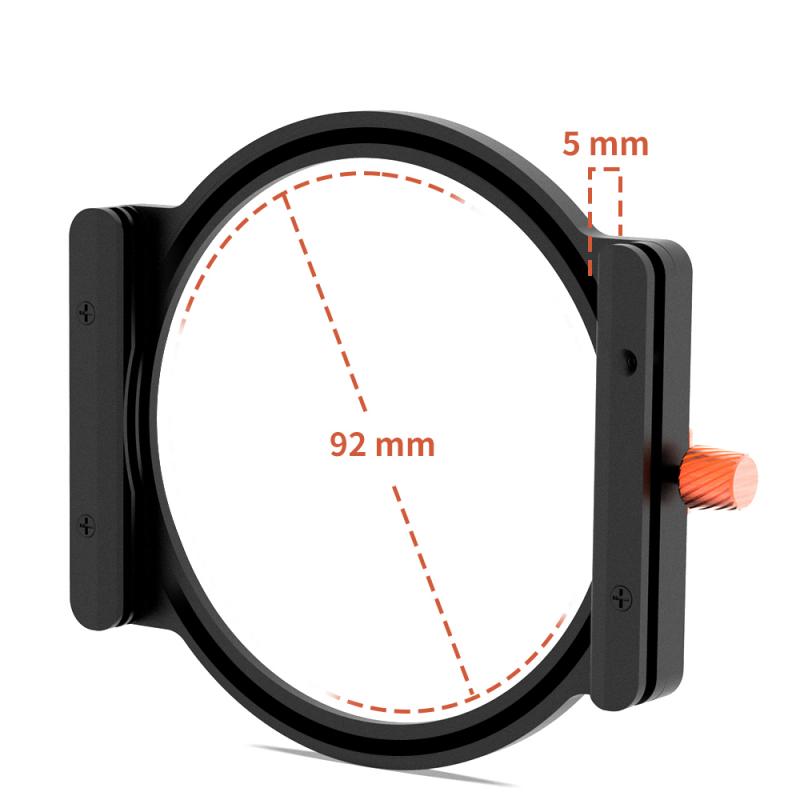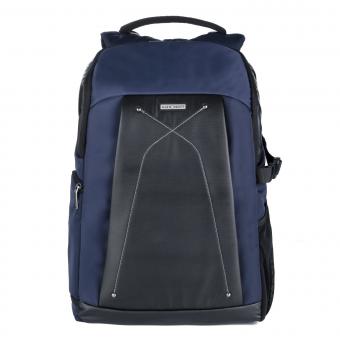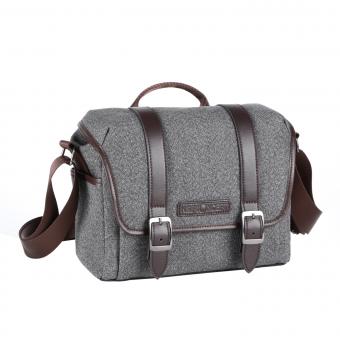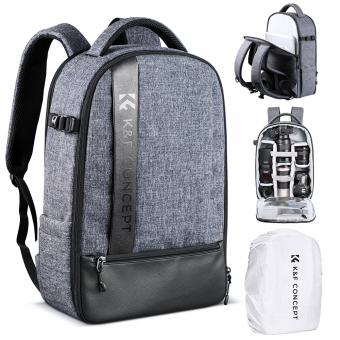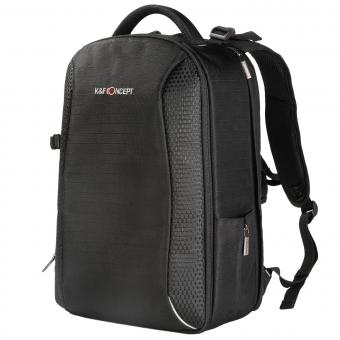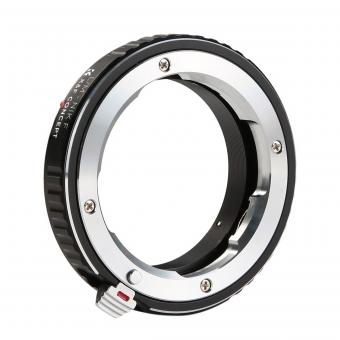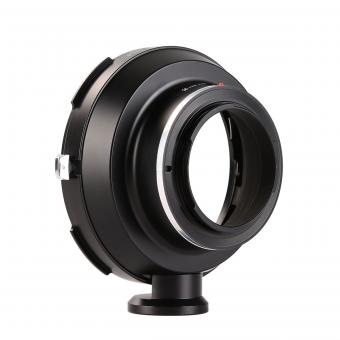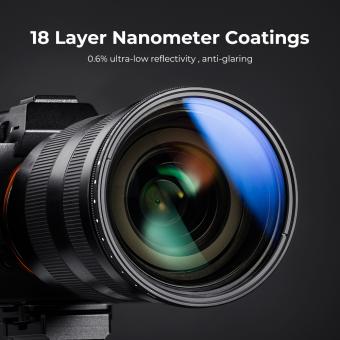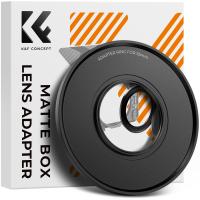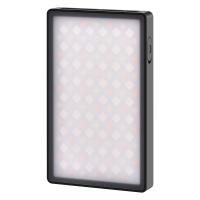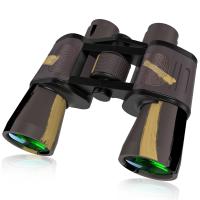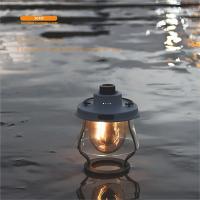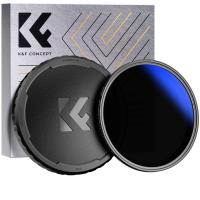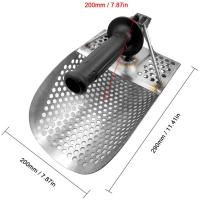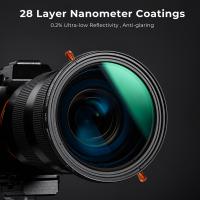How To Hold Dslr ?
To hold a DSLR camera, grip the right-hand side of the camera body with your right hand, ensuring that your fingers are comfortably wrapped around the grip. Your index finger should rest on the shutter button, ready to take a photo. Use your left hand to support the lens from underneath, ensuring a stable grip. Keep your elbows tucked in close to your body to provide additional stability and minimize camera shake. This grip allows for better control and stability while shooting, helping you to capture sharper images.
1、 Grip and hand placement for holding a DSLR camera
Grip and hand placement for holding a DSLR camera is crucial for achieving stability and minimizing camera shake. Here's a guide on how to hold a DSLR properly:
1. Use both hands: Hold the camera with both hands to provide a stable base. Your right hand should grip the camera's grip, while your left hand supports the lens from underneath.
2. Position your right hand: Place your right hand around the camera grip, with your index finger resting on the shutter button. This allows you to easily access the controls while maintaining a firm grip.
3. Support the lens: Use your left hand to support the weight of the lens. Place your palm under the lens and use your fingers to stabilize it. This helps distribute the weight evenly and reduces strain on your right hand.
4. Keep your elbows tucked in: To further stabilize the camera, keep your elbows close to your body. This creates a solid foundation and minimizes camera shake caused by arm movement.
5. Use your body as support: Press the camera against your face, using your forehead as an additional point of contact. This technique, known as the "third point of contact," adds stability and helps you maintain a steady shot.
6. Maintain a relaxed grip: While it's important to hold the camera firmly, avoid gripping it too tightly. A relaxed grip reduces muscle tension and allows for smoother movements.
7. Use a camera strap: To prevent accidental drops, always use a camera strap around your neck or wrist. This provides an extra layer of security and peace of mind.
It's worth noting that different photographers may have slight variations in their hand placement and grip, depending on personal preference and the specific camera model. Additionally, advancements in camera technology, such as in-body image stabilization, can help compensate for minor camera shake. However, mastering the proper grip and hand placement remains essential for achieving sharp and stable images.
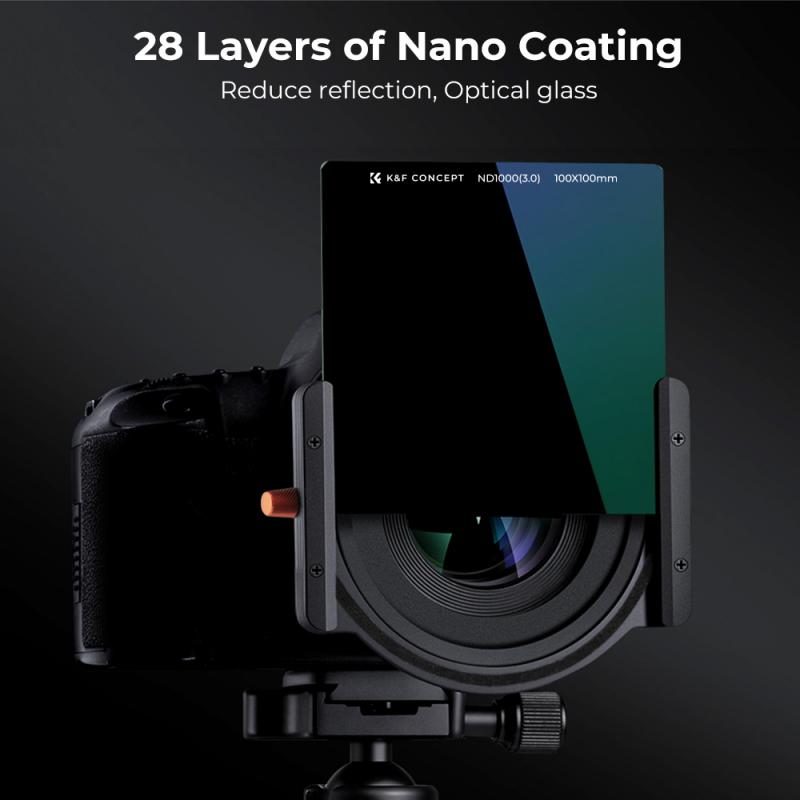
2、 Proper body posture and stability while holding a DSLR
Proper body posture and stability while holding a DSLR is crucial for capturing sharp and steady images. Here are some tips on how to hold a DSLR effectively:
1. Stand with a stable base: Position your feet shoulder-width apart and slightly bend your knees. This will provide a solid foundation and help maintain balance while holding the camera.
2. Hold the camera with both hands: Use your right hand to grip the camera's handgrip, ensuring that your fingers comfortably wrap around it. Place your left hand underneath the lens to support its weight. This dual-handed grip provides better stability and control.
3. Keep your elbows close to your body: Tuck your elbows in against your torso to create a stable triangle with your body. This helps minimize camera shake and reduces the risk of accidental drops.
4. Use your body as a brace: Press the camera against your face, using your forehead as a point of contact. This additional support helps stabilize the camera and reduces the chances of blurry images caused by camera shake.
5. Maintain a relaxed posture: Avoid tensing up your muscles as it can lead to shaky shots. Instead, relax your shoulders and maintain a comfortable stance. This will allow you to have better control over the camera and make it easier to follow moving subjects.
6. Utilize image stabilization technology: Many modern DSLRs come equipped with built-in image stabilization systems. These systems compensate for small movements and vibrations, further enhancing image sharpness.
7. Consider using a tripod or monopod: For situations that require maximum stability, such as long exposures or telephoto shots, using a tripod or monopod can be beneficial. These accessories provide a solid and steady platform for your camera.
Remember, practice makes perfect. Spend time familiarizing yourself with your camera's weight and controls, and experiment with different shooting techniques to find what works best for you.
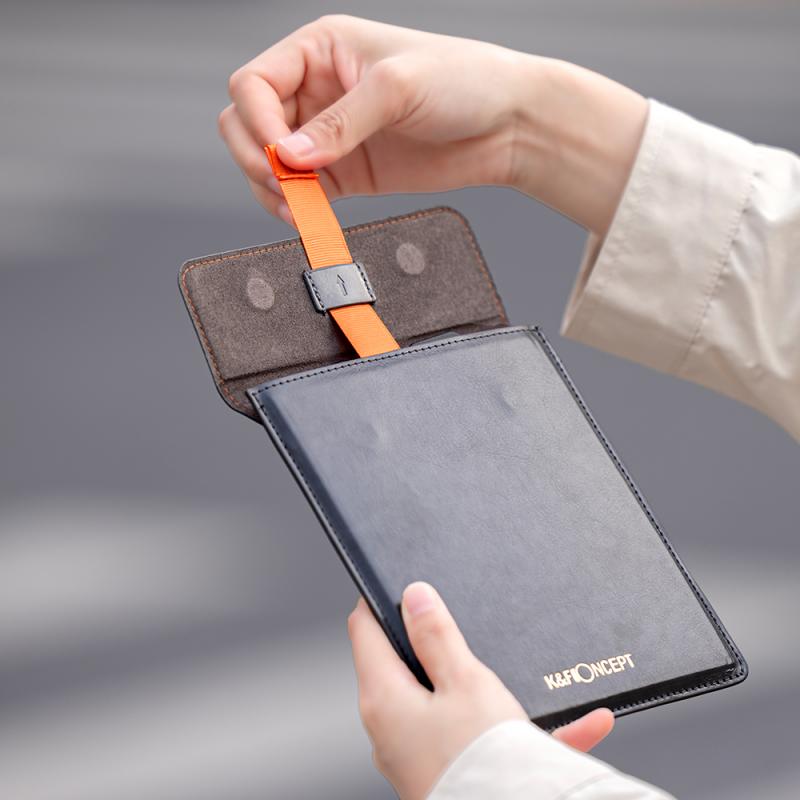
3、 Using a camera strap for added security and comfort
Using a camera strap for added security and comfort is an essential technique for holding a DSLR. It not only helps prevent accidental drops but also provides a comfortable grip, allowing photographers to shoot for extended periods without strain or fatigue.
To hold a DSLR properly, start by attaching the camera strap securely to the camera body. Most DSLRs come with a strap included, but if not, there are various aftermarket options available. Once the strap is attached, place it around your neck or across your shoulder, ensuring it is adjusted to a comfortable length.
Next, hold the camera body with your right hand, gripping it firmly but not too tightly. Your fingers should be wrapped around the grip, with your index finger resting on the shutter button. This grip provides stability and control while shooting.
To further enhance stability, tuck your elbows into your body, creating a solid base. This technique minimizes camera shake and allows for sharper images, especially in low-light situations. Additionally, using your left hand to support the lens from underneath can provide added stability and balance.
It's important to note that the latest point of view on holding a DSLR also includes the option of using a camera hand strap. This alternative to the traditional neck or shoulder strap allows for a more secure and comfortable grip, as it attaches to the camera body and wraps around the hand. Camera hand straps provide added stability and control, particularly when shooting in challenging conditions or during fast-paced action.
In conclusion, holding a DSLR with a camera strap is crucial for both security and comfort. Whether using a traditional neck or shoulder strap or opting for a camera hand strap, finding a grip that feels natural and secure is essential for capturing great shots.
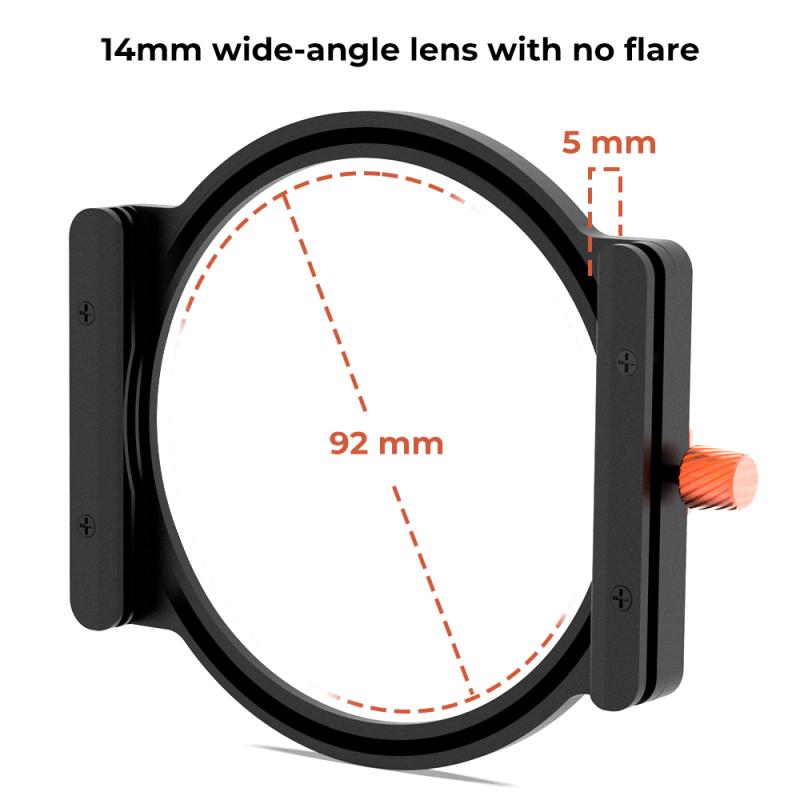
4、 Adjusting the camera settings for better handling and control
How to hold a DSLR camera is an essential skill for any photographer, as it directly affects the stability and control of your shots. Properly holding the camera not only helps prevent camera shake but also allows for better handling and control over the camera settings. Here are some tips on how to hold a DSLR camera effectively:
1. Grip the camera with both hands: Hold the camera with your right hand on the grip and your left hand supporting the lens from underneath. This provides a stable base and helps distribute the weight of the camera evenly.
2. Keep your elbows tucked in: By keeping your elbows close to your body, you create a more stable platform for the camera. This helps minimize camera shake and allows for smoother panning and tilting movements.
3. Use your body as a brace: Press the camera against your forehead or cheek to provide additional support. This technique, known as the "third point of contact," helps stabilize the camera and reduces the risk of blurry images.
4. Adjust the camera strap: Make sure the camera strap is securely around your neck or shoulder, allowing you to have a firm grip on the camera while keeping it safe from accidental drops.
5. Use your camera's viewfinder: Instead of relying solely on the LCD screen, use the viewfinder to stabilize the camera against your face. This technique helps you maintain a steady hold and improves your overall control over the camera.
In addition to these basic techniques, it's important to adjust the camera settings for better handling and control. This includes customizing the camera's buttons and dials to suit your shooting style, setting the autofocus mode and drive mode according to the subject, and adjusting the exposure settings to achieve the desired effect.
With the latest advancements in DSLR technology, cameras now offer various customization options and advanced features to enhance handling and control. For example, some cameras have touchscreens that allow for quick and easy adjustments, while others offer customizable function buttons that can be assigned to frequently used settings.
In conclusion, holding a DSLR camera properly and adjusting the camera settings for better handling and control are crucial for capturing sharp and well-composed images. By following these tips and utilizing the latest features of your camera, you can improve your photography skills and achieve stunning results.
